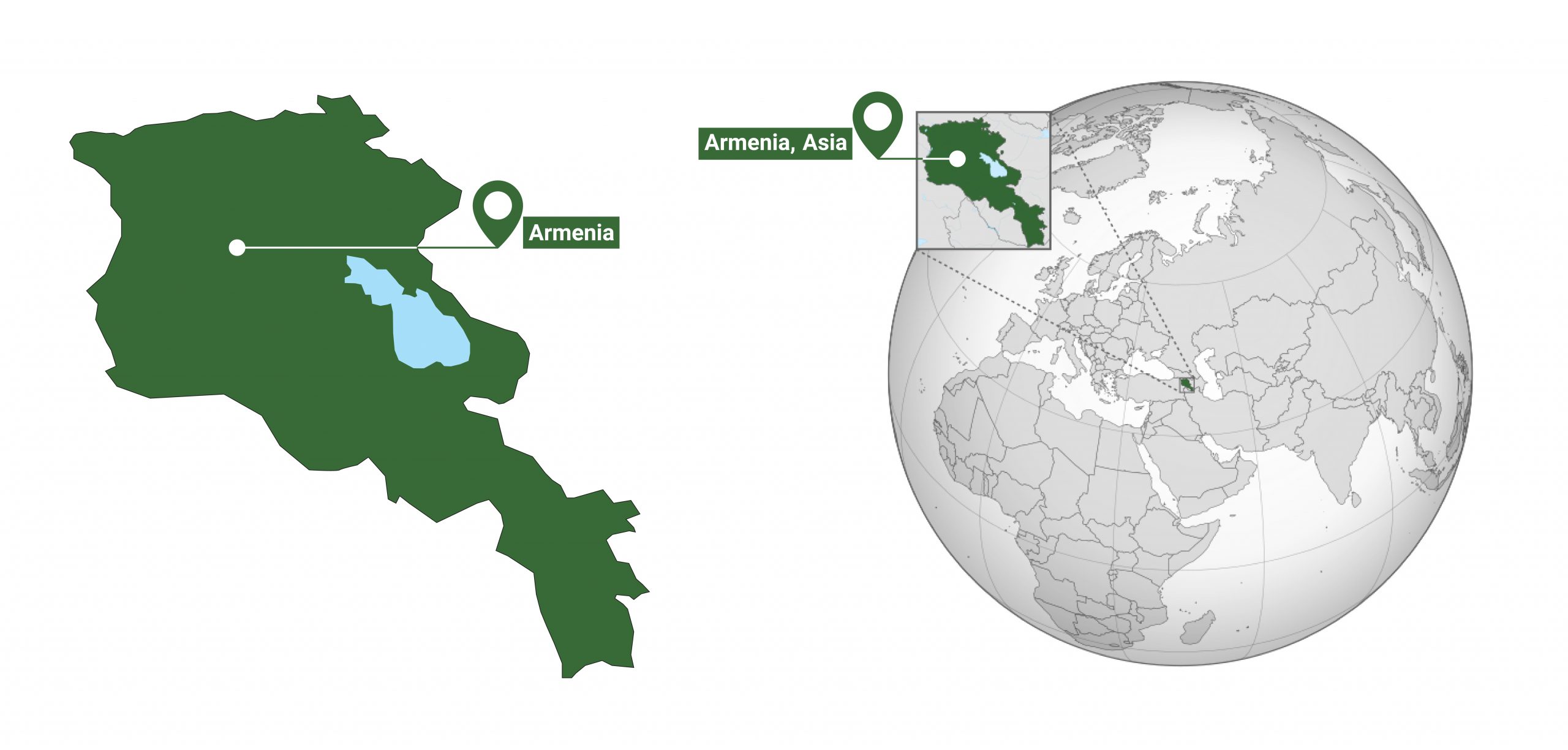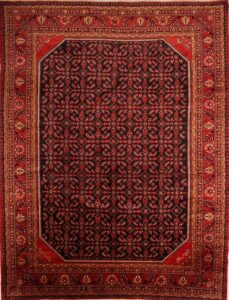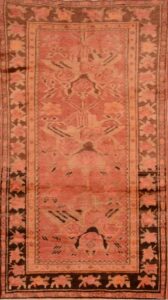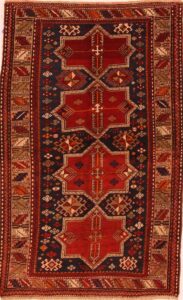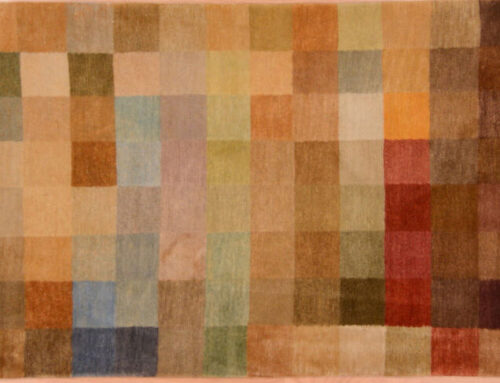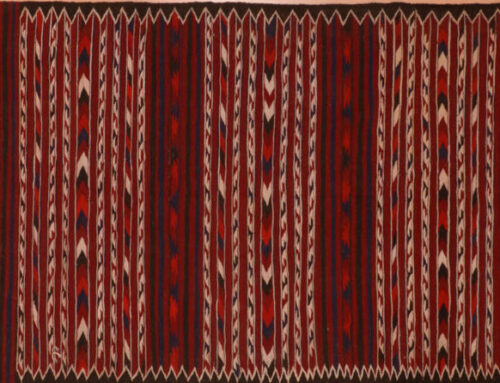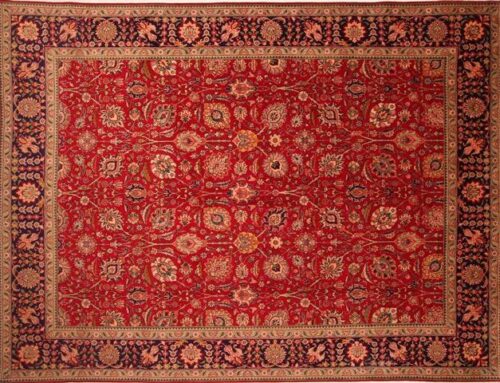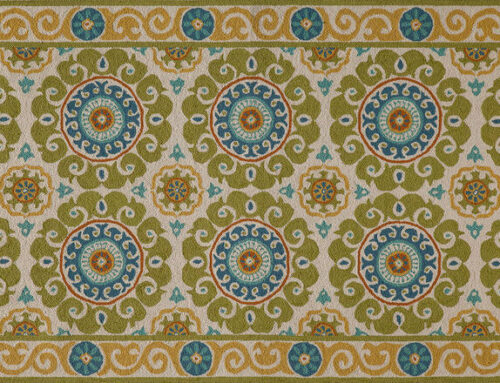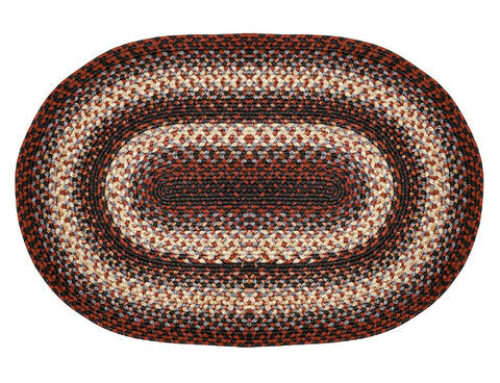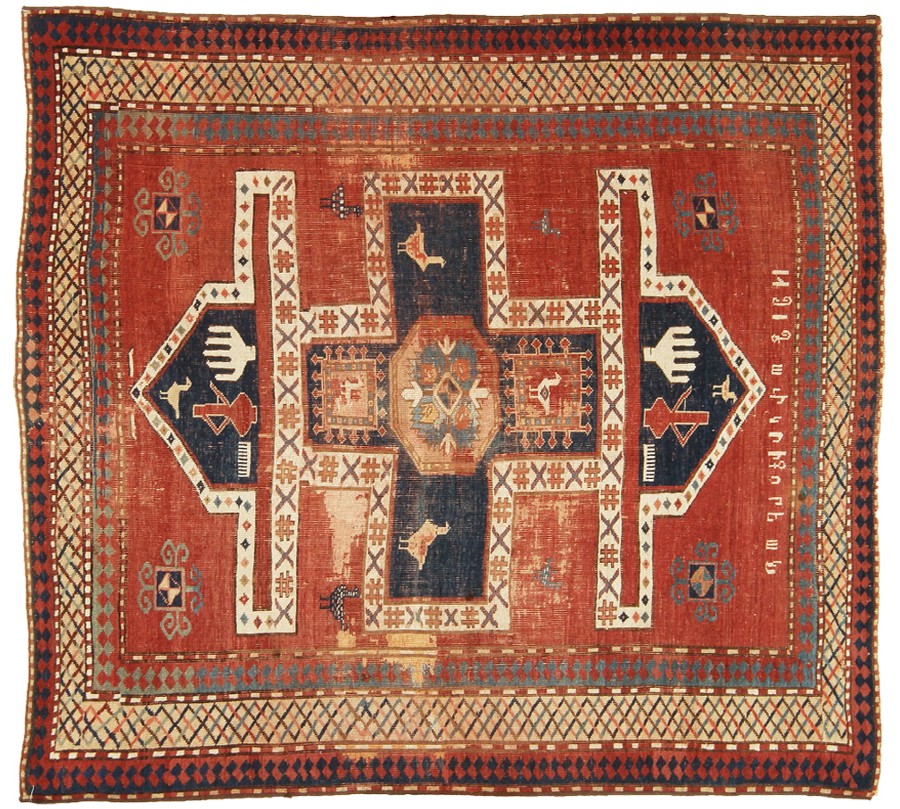
Armenia has an important status in the world of Oriental weavings. Historians first wrote about the Armenian people during the sixth century BCE. The Kingdom of Armenia (r. 321 BCE-428 CE), led by monarch Tigranes II the Great (r. 95-55 BCE), was once a powerful entity that caused instability in the Roman Empire’s eastern front. Tigranes II and his armies carried imperialistic campaigns in annexing and conquering kingdoms in modern-day geographical locations in Syria, north-western Persia, northern Iraq, the western Caucasus, and eastern Asia Minor beginning in 87 BCE. The Roman Empire, led by General Pompey the Great (106-48 BCE), would countermeasure these advances and eventually conquered Armenia in its capital of Tigranocerta in 66 BCE.
Although Tigranes II surrendered his conquests of Syria and southern lands to the Romans, Pompey allowed the Armenian kingdom to exist as a Roman client state. Thereafter the Armenians faced occupation for centuries by empires, such as the Byzantines, Persians, and Arabs, until regaining independence as a kingdom in 885 CE. The Seljuk Empire overthrew the kingdom in the eleventh century and the Armenian ethnic population was scattered throughout the continent, with many settling in the Caucasus region, Anatolia (Turkey), Persia, and other countries in the Middle East. Today Armenia is a republic located west of the Caucasus region, east of Turkey, north of Iran, and south of the Republic of Georgia.
History of Armenian Rugs
Armenians contributed greatly to the Oriental rug industry in weaving, designs, technique, and carpet marketing. Researchers credit Armenian weavers for the expansion of rug weaving in the Caucasus region and in parts of Anatolia. In the Middle East, Armenian merchants were greatly involved with the manufacture and export of carpets throughout the world. In addition, many dealers situated in Europe and North America had Armenian backgrounds and possessed knowledge of carpets that helped market the industry to the public.
Armenians have a rich, historical heritage of weaving rugs that date as early as the seventeenth century. The Dragon rugs woven in the seventeenth to eighteenth centuries are called “Armenian” rugs in the world market.
Armenians are famous for producing some of the most wonderful rugs in the world. In the Caucasus region, Armenian tribal weavings of Karabakhs and Kazaks today are universally esteemed. In Anatolia Armenians mainly established carpet manufacturing in eastern Anatolia, Hereke, Kayseri, Kum Kapi, and Sivas, among other areas. In the nineteenth and early twentieth centuries, Kum Kapi was well known for its Armenian master weavers, such as Garabed Apelian, Hagop Kapoudjian, Toussounian, and Zareh Penyamine, who supervised and manufactured silk rugs and carpets. Today the antique market recognizes these rugs as exceptional examples of textile art.
During the early seventeenth century the Persian king Shah Abbas I (r. 1588-1629) occupied Armenia and brought large groups of Armenians to Persia for their talents in handicrafts and other expert industrial skills. They were brought mostly to the Safavid capital city of Isfahan and established an Armenian quarter named New Jolfa. Throughout the centuries Armenians were able to move and settle in the areas Of Azerbaijan and Khorasan, as well as other cities throughout Persia.
In Persia, Armenians were known for weaving rugs and carpets throughout villages, towns, and cities. Famous Armenian weaving styles made in the Chahar Mahal Bakhtiari and Jolfa areas are called “Armeni Boft” or Bibi Boft in the bazaars.
-
Armenian Rugs in the Museums
The Pazyryk Carpet, the oldest rug example in the world, from the fifth to fourth century BCE, is preserved in the State Hermitage Museum in St. Petersburg, Russia. There is debate about who made this important carpet, with arguments for the possibility that this ancient pile weaving was made by Armenian tribes during that period.
A distinct group of inscribed Armenian rugs is preserved in the Folk Art Museum in Yerevan, Armenia. Other Armenian rugs are preserved in museums such as the Metropolitan Museum of Art (New York), the Victoria and Albert Museum (London), the Museum of Applied Arts (Vienna), and other important worldwide institutions.
Characteristics of Armenian Rugs
-
Design and Pattern
Many Armenian weavings are dated and have inscriptions in the background or border of the rugs. At times, these weavings appear in the market. Most notable is a historical artifact woven with a Dragon design in Karabagh: The Gohar Carpet, with an inscription “I, Gohar full of sin and weak of soul, with my newly learned hands wove this rug, whosoever reads mercy to God for me, in the year 1149” (circa 1700 CE).1

